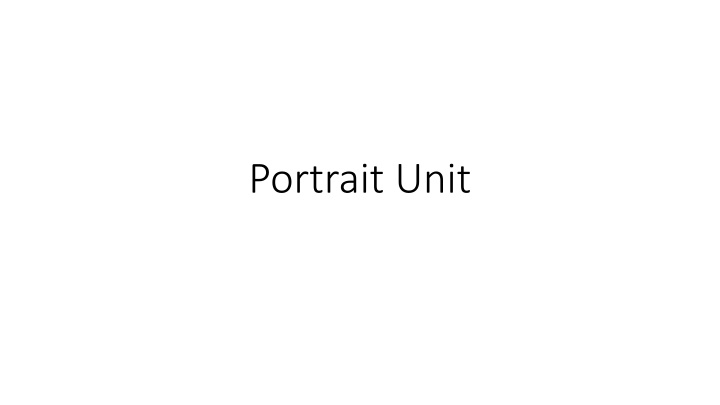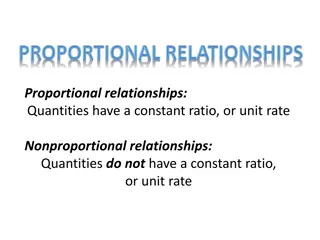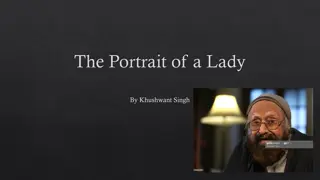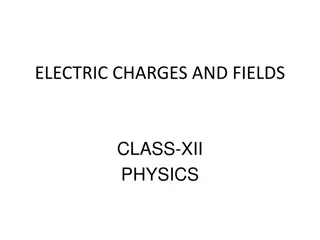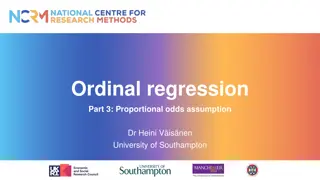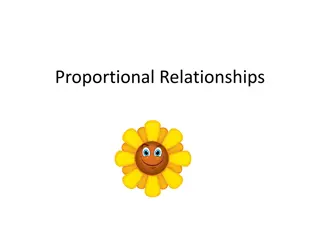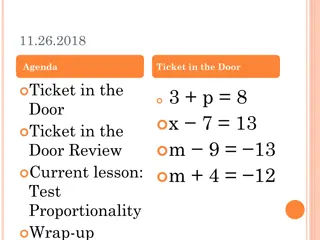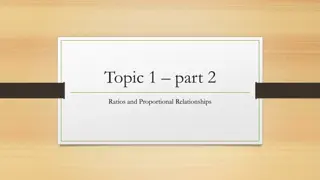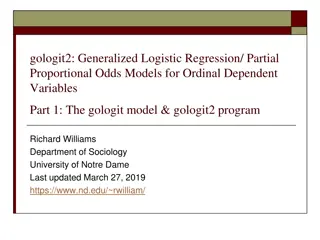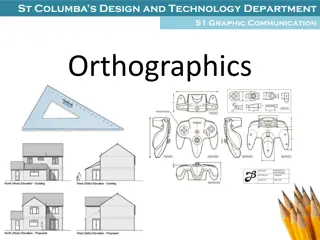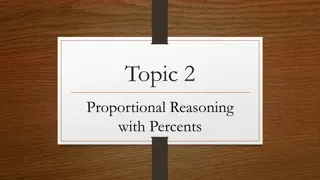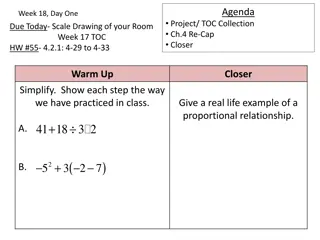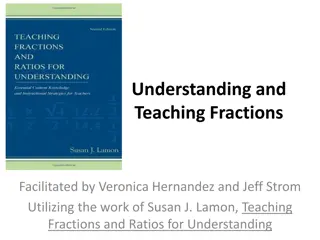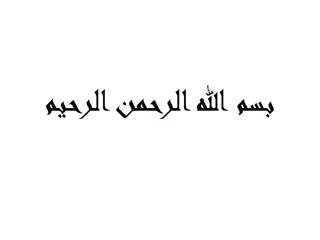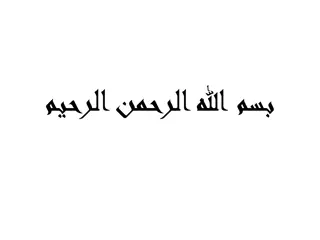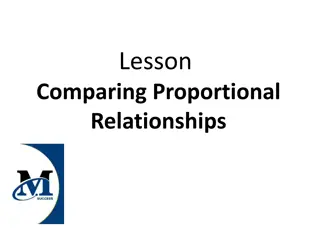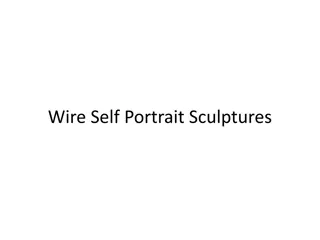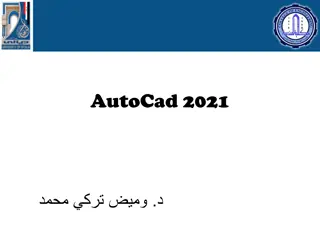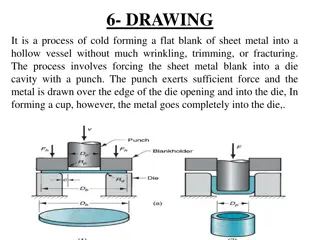Proportional Portrait Drawing Tutorial
In this tutorial, learn how to create a portrait with accurate proportions. Follow step-by-step instructions on facial proportions to draw a face correctly. Practice observation skills and explore portrait conventions. The slides provide visual guidance for drawing the head shape, positioning facial features like eyes, nose, mouth, and ears, and understanding the relationship between different elements for a realistic outcome.
Download Presentation

Please find below an Image/Link to download the presentation.
The content on the website is provided AS IS for your information and personal use only. It may not be sold, licensed, or shared on other websites without obtaining consent from the author.If you encounter any issues during the download, it is possible that the publisher has removed the file from their server.
You are allowed to download the files provided on this website for personal or commercial use, subject to the condition that they are used lawfully. All files are the property of their respective owners.
The content on the website is provided AS IS for your information and personal use only. It may not be sold, licensed, or shared on other websites without obtaining consent from the author.
E N D
Presentation Transcript
What to do.. Read through the slide show Be sure to click on the links and watch the videos. You may print the worksheet slide or use your sketchbook to complete the task. Follow the steps listed on Facial Proportions slide (#4) to complete a portrait drawing using accurate proportions. Slide #5 -15 show step by step examples if you need clarification.
Proportion Proportion is largely about the relationship of the size of one element when compared to another. When drawing or painting realistically, proportion is important. If the proportions are incorrect, then the resulting image will look less realistic or abstracted. You are going to create a proportionally correct portrait. You will be dealing with the relationship of the size of facial features (eyes, nose, mouth and ears) to other features and the head.
In the space below, draw a face using the correct proportions. Practicing proportion will help you with observation skills as well as allowing you to explore codes & conventions related to portraits. Facial Proportions X 1. Draw the oval shape for the head. 2. Draw one horizontal line at the top of the head (#1) & one at the bottom (#5) of the head. 3. Divide the distance equally from top line to the bottom line. Draw a horizontal line (#3). 4. Divide each of the 2 sections in half. Draw lines #2 and #4. You will have 4 equal sections. 5. Divide in half vertically. Draw vertical line (#6). 6. Eyes appear on the central horizontal line (#3). The space between the eyes is equal to the width of one eye. 7. The bottom of the nose rests on the #4 horizontal line. It is as wide as the space between the eyes. 8. Eyebrows are drawn slightly above the eyes. 9. Divide the bottom section in half. Draw a horizontal line (X). 10. The bottom lip rests on line (X) and mouth corners stop at the middle of the eyes. 11. Ears stretch between the horizontal line (#3) and the #4 line. 12. The top 1/4th is full of hair. Heading
2. Draw one horizontal line at the top of the head (#1) & one at the bottom (#5) of the head.
3. Divide the distance equally from top line to the bottom line. Draw a horizontal line (#3).
4. Divide each of the 2 sections in half. Draw lines #2 and #4. You will have 4 equal sections.
6. Eyes appear on the central horizontal line (#3). The space between the eyes is equal to the width of one eye.
7. The bottom of the nose rests on the #4 horizontal line. It is as wide as the space between the eyes.
9. Divide the bottom section in half. Draw a horizontal line (X).
10. The bottom lip rests on line (X) and mouth corners stop at the middle of the eyes.
11. Ears stretch between the horizontal line (#3) and the #4 line.
Next Steps. Self- Portrait Painting or Drawing Using your knowledge on facial proportions, create a self portrait drawing using a pencil and a new sheet of paper. Use a mirror or a picture of yourself for a reference. Do not shade anything in yet. We will do that next week. More information to follow.
